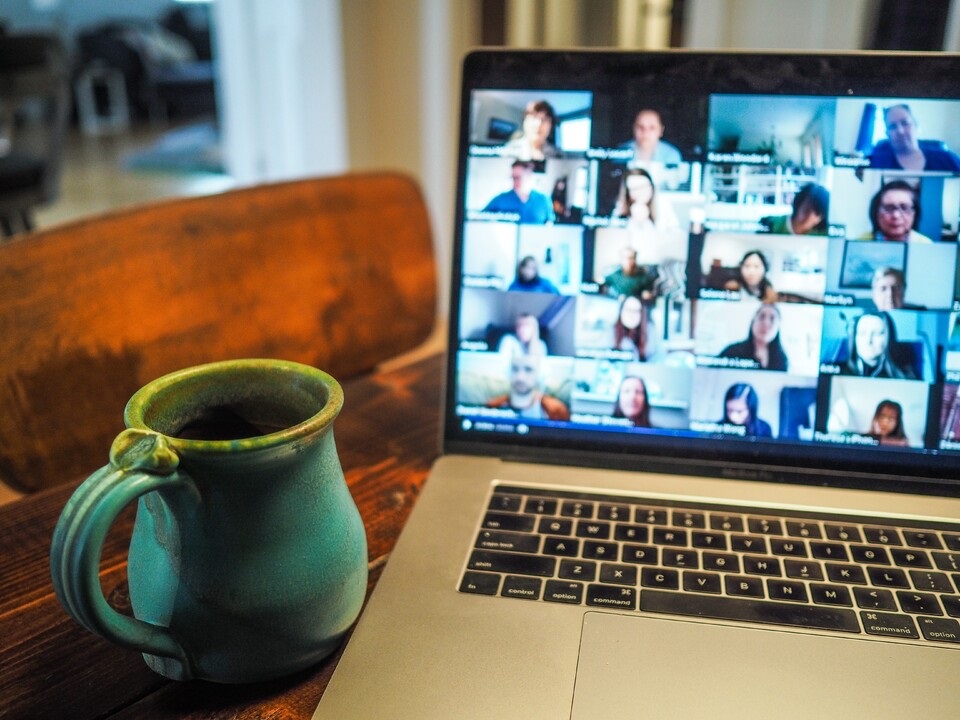Influencer marketing: Internals of the organisation influencing externals
With the rise in social media marketing practices, many organisations, especially in B2C, reach out to individuals who have built a decent following on different social media channels to become an influencer for them. Brands collaborate with influencers to drive brand awareness and sales on their behalf.
Influencers could be celebrities, musicians, athletes, or social media personalities who have some kind of purchasing power over their followers.
Recently organisations have realised there’s another category of influencer: An employee influencer. While B2B organisations have been utilizing this for some time, B2C companies have only been catching on to their value more recently.
Who is an employee influencer?
An employee influencer is a part of the organisation itself that can have a positive impact on the external as well as the internal brand image. Here, their network size does not have an effect on their influence, an employee of a company can have a huge impact on the behaviour of the audience whilst having fewer than 1000 followers.
How do they influence purchasing decisions if the employee’s network size is so small?
Since employees are the trusted face and the internal source of information to a business, an audience tends to build a more emotional connection with employees than any other influencer type. When there is an authentic human behind the content, the engagement rate improves.
Research shows a number of reasons for the rise of this new influencer marketing type:
- A report by LinkedIn stated that when an employee shares the content, engagement tends to increase by 2x. On the other hand, a survey in 2019 by SMT observed 8x more engagement by employee influencer content.
- According to another study by Edelman’s 2019 Trust Barometer, 53% of consumers rely on employees’ words for learning about companies.
- Weber Shandwick’s report says that approximately 98% of employees use at least one social media platform for personal use, and 50% of them are already posting about their company.
- An employee is highly capable to influence family and friends, and 83% of the audience is likely to purchase something recommended by friends and family.
- The Silent Participator (Under 1,000 Social Connections) – the ones not active on social media and post rarely.
- The Engager (Typically under 2,000 Social Connections)- they take interest in connecting and expanding their network. Not all have social media etiquette so they might need guidance.
- The Thought Leader (2,000 – 3,000+ Social Connections)- they don’t need to expand their network; people already follow them for knowledge.
- The Social Unicorn (5,000 -10,000+ Social Connections)- they represent their field and people look towards them for insights about the business. They are highly knowledgeable employees about their company.
Can employee influencing replace traditional influencer marketing?
No, employee influencing does tend to give a better engagement rate similar to viral marketing between friends. However, it can be very difficult to engage your employees to conduct this practice and generally you can’t achieve the scale that’s possible with traditional influencer marketing.
In short, these are the influencers who have no interest in growing their network like traditional influencers but can still bring your brand some awareness via their social media efforts. You can’t force anyone to be an influencer for your organization, but you can make it a part of the culture by making it easy for employees to get involved, without making it sound like a chore.
Brands have been making efforts to encourage employee influencer marketing strategies by focusing on providing better work culture and training employers about social media.
